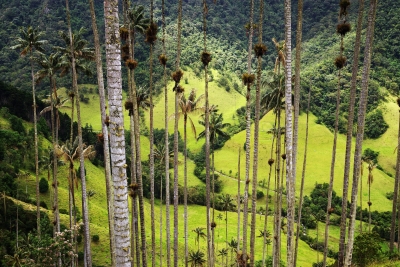
The study found that 43% of all Earth’s tree species occur in South America, followed by Eurasia (22%), Africa (16%), North America (15%) and Oceania (11%).
Tropical forests make up about 40% of the world’s forested area and contain about 60% of global forest biomass. Forests occupy approximately 22% of South America, and represent about 27% of the world’s global forest coverage. Forests in the region represent an important economic resource, both for trade and subsistence. They play an important role in the carbon budget and in the economy of the region.
Forest biomes in the region include tropical rainforests like the Amazon and the Mata Atlantica in Brazil. Other tropical deciduous forests can be found in the Pacific watershed of Ecuador, in Venezuela, and on the Brazilian coast from about 7°S to the Tropic of Capricorn. Mid-latitude deciduous or temperate forests are located on low elevation coastal mountains in southern Brazil, southern Chile and southern Argentina.
Along with the megadiverse countries in the region, which boast high numbers of endemic species, some of the countries in South America are experiencing alarming levels of habitat conversion. In this sense, the conversion of tropical forest into other land use often has consequences on climate, increasing surface and soil temperatures, creating diurnal temperature fluctuations and reducing evapotranspiration. Large-scale forest clearing could have negative consequences, such as the reduction in runoff of the Amazon River system. Such consequences weaken the integrity of the ecosystem and livelihoods related to it, leaving it more susceptible to impacts of natural hazards.
IUCN South America is working towards three principal outcomes, and will promote the conservation and restoration of forests and forest landscapes in the region. As a contribution towards the 2017-2020 IUCN Programme, IUCN South America is aligning conservation efforts in South America around three solid lines of work: valuing and conserving nature’s diversity, advancing effective and equitable governance of the use of nature, and deploying nature-based solutions to climate, food and development challenges.
Credit : IUCN
Picture Credit : Google




